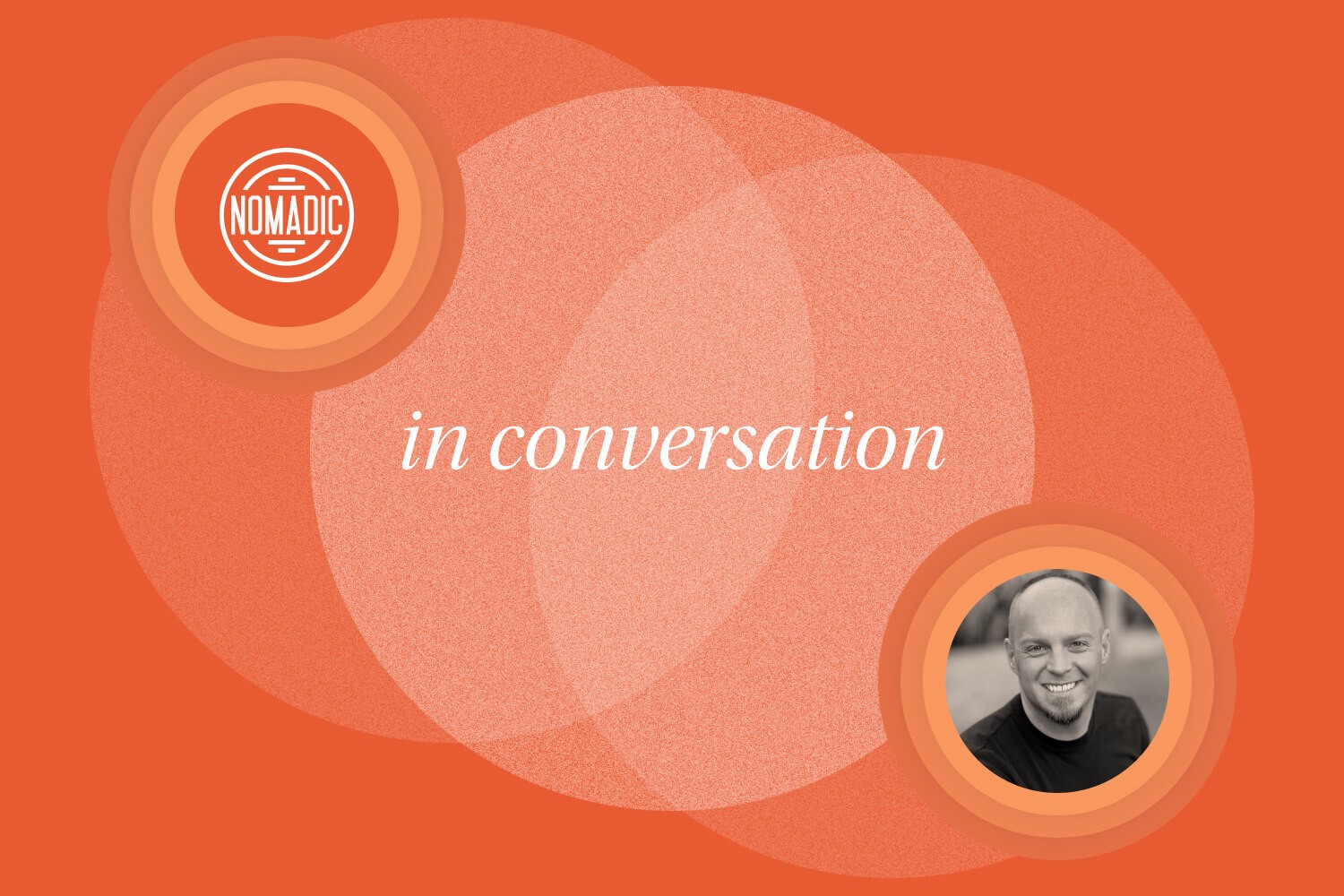How can learning support business transformation?

Check out insights from a recent report to explore how learning can help drive a successful agile, digital, or cultural transformation at your business.

Christopher Lind is VP and chief learning officer at ChenMed, where he leads enterprise learning strategy. He’s also the host of Learning Tech Talks, a podcast that explores the landscape of learning technology; an advisory board member of the CLO Exchange; and the founder of Learning Sharks, which offers organizations comprehensive advisory on all things learning innovation and technology. Previously, he was head of global digital learning at GE Healthcare.
I found Christopher's thoughts on the learning industry really insightful, especially his observation that L&D has the opportunity to take better advantage of automation with some tasks, so that learning leaders can focus on more impactful, higher-order aspects of this crucial work. Also, make sure to read to the end for Christopher's advice for people just starting their L&D careers, and his take on the Boss Baby movies (spoiler alert: he thinks you should watch them!).
Thanks to Christopher for chatting with me. Give him a follow on LinkedIn here, where he posts regularly about trends in edtech, the future of work, and more.
This interview is part of a new Nomadic blog series featuring different perspectives on on L&D, leadership, and how companies are transforming the way they do business, learn, and grow. If you're interested in these topics, you might also enjoy my earlier interview with our CEO and co-founder Matt Burr, where we talk about how learning can support business transformation and touch on many of the same themes that Christopher mentions here!
-copy.jpg)
In Conversation: five questions with Christopher Lind
1. What brought you to the L&D field?
I started as a computer science major and transitioned to an 8th-grade math teacher. After feeling lost when neither seemed to fit, I found myself in an account management role that paid the bills. I volunteered for several stretch assignments where the business leaders noticed my desire to develop others, paired with my quirky aptitude for tech and business. As that matured, I discovered what I wanted to be when I grew up. That series of events and handful of starts and stops started the unique career journey I describe as a problem-solving leader working at the intersection of business operations, people development, and technology.
2. What’s a trend emerging in L&D that you find interesting right now?
There’s a multitude of trends I find interesting, which could be a book in itself. However, one I think is relevant to every learning leader right now is how the role of L&D professionals is changing. The pace of change paired with the evolution of technology has left our industry in an impossible position trying to keep pace if attempting to do it the way they’ve been done. This radical change has forced L&D functions to deconstruct the work to determine which components can be automated or delegated and which parts should be maintained. This is dramatically shifting the work and the skills required for every role in the field, ultimately forcing an identity crisis. It’s been interesting to follow how different organizations are responding, and it is exciting to see the potential of what a new identity can ultimately be.
3. What do you wish more people understood about learning?
I wish there was a greater appreciation for the complexity of learning and developing skills and how that complexity is changing, both inside and outside our industry. Because everyone has been involved in learning at some point, there are misguided biases and assumptions about what people can or can’t do. I say that carefully, because things are changing rapidly, and there’s a perpetual risk to continue over-complicating simple things while simultaneously over-simplifying or ignoring exceptionally complex ones. For example, today, anyone can create or deliver quality content. Heck, machines are getting exceptional at it. Unfortunately, many still add complexity to the process or ignore solutions that simplify it. At the same time, we overlook or ignore the significant complexity of understanding a user experience and an individual's unique skill and knowledge needs. As a result, L&D risks expending resources defending and protecting content development that could be automated or delegated while missing out on higher-order activities that drive personalization and meaningful skill development.
4. Any book, music, or movie recommendations you’ve been loving lately?
My recommendations likely won’t end up on anyone’s development to-do list since I use those to decompress from L&D work and have six kids under 12. I’m also a total kid at heart and have always loved animated movies. I thoroughly enjoyed Boss Baby: Family Business, The Bad Guys, and The Sea Beast. I also enjoyed the 90s throwback to Chip N’ Dale Rescue Rangers and am looking forward to Minions Rise of Gru hitting the streaming channels.
5. What advice would you give to someone just starting their career in learning?
Lots to say here, but I’ll limit it to two things. First, be intentional about exploring a broad range of roles, projects, and skills within L&D. Too often, it’s painted with a universal brush when there’s an entire career ecosystem within the field. It will also be tremendously helpful if you have aspirations to move into a more senior leadership position in the field. One of the things I’m most grateful for in my career is having worked in nearly every job that exists in the field. Second, always be learning and never get complacent. What can be achieved and how you reach it is changing faster than you can keep pace. The best thing you can do for your career is to stay as close to the front of the curve as humanly possible while remaining true to the durable principles.
*
Thanks again to Christopher for chatting with me. I know I'll be checking out Boss Baby soon!
If you enjoyed this post, you might like:
*
Looking to improve engagement in learning at your organization? Download your free copy of The New Learner Engagement Toolkit. It features seven key strategies and four tactical tips you can apply right away, alongside great insights from learning solutions experts. We've found that great engagement comes down to making clear the relationship between learning outcomes and business outcomes, and ensuring learning is relevant to employees' day-to-day work. This toolkit is all about giving you actionable ways to do this.
To learn more about Nomadic, you can also get in touch to discover how our cohort-based learning has driven record engagement and impact across industries and organizations.
Sign up to get the latest expert commentary, analysis, and news in learning and leadership delivered straight to your inbox.

Check out insights from a recent report to explore how learning can help drive a successful agile, digital, or cultural transformation at your business.

Discover our best resources on learner engagement, exploring topics like how to drive improved learner engagement at your organization, the relationship between cohort-based learning and learner engagement, and how a consultative approach to L&D can bolster engagement.

Check out our employee engagement survey, which can help the process of deciding upon, communicating, and executing a return to the office, a retreat from the office, or a hybrid work solution that bridges the gap.